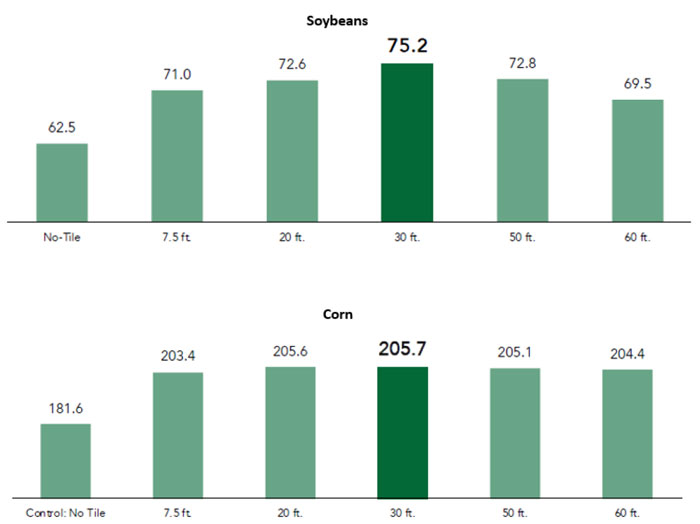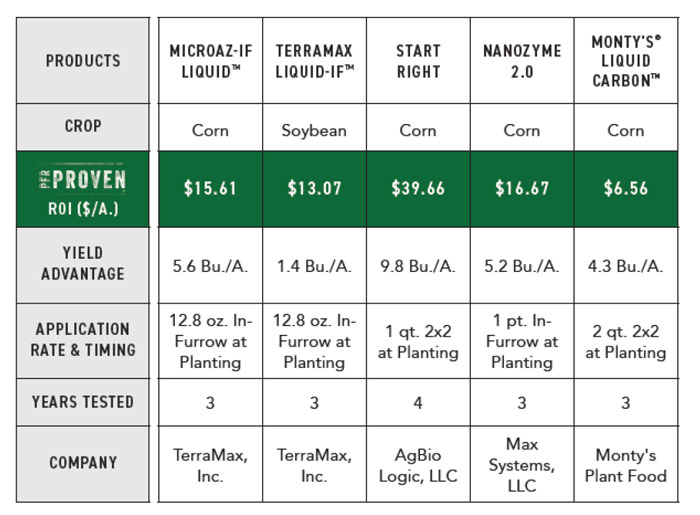Soil health is made up of several factors that drive performance on the farm. Percent organic matter, soil texture and soil structure are three key drivers in determining soil quality. Beck’s Practical Farm Research (PFR) data outlines two management practices that aim to build soil health and increase return on investment (ROI). Installing tile to facilitate drainage is crucial to remove the excess water. This practice will help the soil maintain pore space and allow room for oxygen.
1. Tile Your Fields
Beck’s PFR data confirms that the presence of tile brings a yield advantage to farmers.
“When it comes to water drainage, tile is extremely consistent and beneficial to increasing yield, regardless of spacing,” says Luke Schulte, field agronomist at Beck’s. “In our 5-year corn and 7-year soybean study at Beck’s PFR location in London, Ohio, the data indicates there was minimal differentiation when it comes to the actual tile spacing.”

Beck’s PFR data concludes farmers can see the highest yield advantage at 36-inch depth for soybeans and 24-inch depth for corn.
For years, Beck’s PFR has evaluated the use of biological products and has since identified a few of them as PFR Proven products. This means they were tested for a minimum of 3 years and, over those 3 years, provided a positive yield gain and an average positive ROI each of those 3 years.
2. Try Biologicals
Among the many different types of biologicals, some metabolize organic matter in the soil to make nutrients plant-available. Some biostimulants are enzymes and extracts that foster microbial communities. Applying biologicals and biostimulants in-furrow is done to increase the populations of naturally occurring organisms and expedite organic matter mineralization, ultimately releasing nutrients into the root zone.
“Regarding biological compounds, the best opportunity for an economic return likely comes from soils and situations where the native biology may be limited,” says Greg Shepherd, field agronomist at Beck’s. “This would include coarse-textured or lower organic matter soils.”
Beck’s PFR does not suggest management practices that diminish soil health. Tilling soil in wet conditions, driving heavy machinery over wet soils and extensive tillage will result in poor soil quality.







Post a comment
Report Abusive Comment